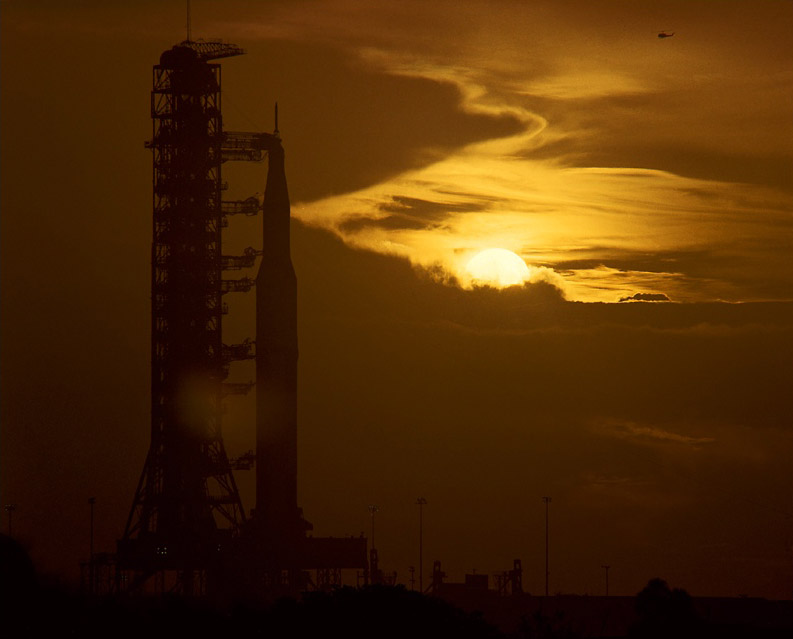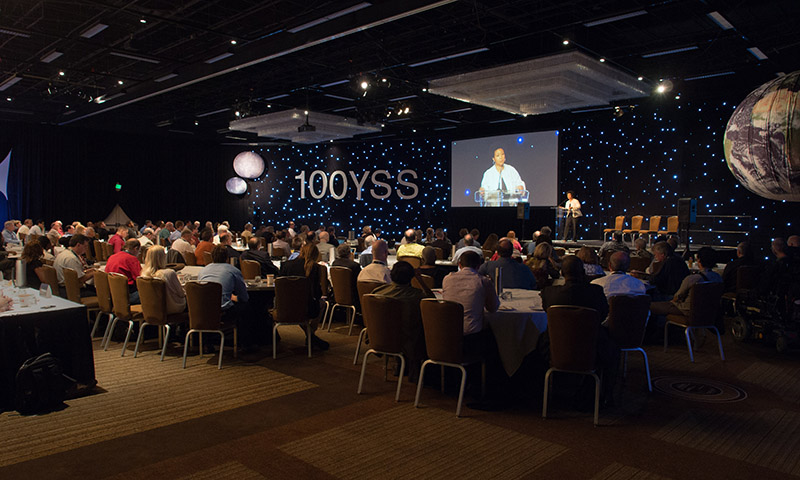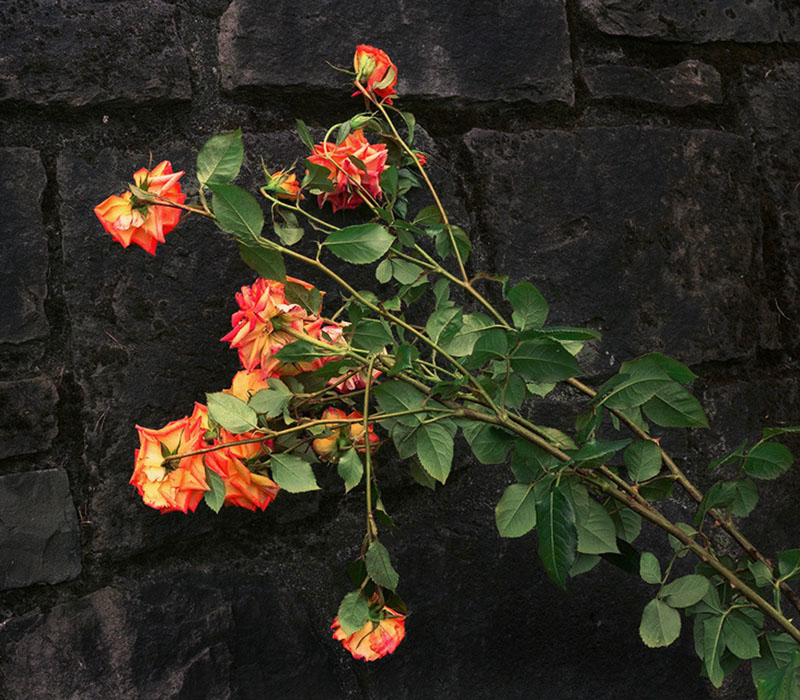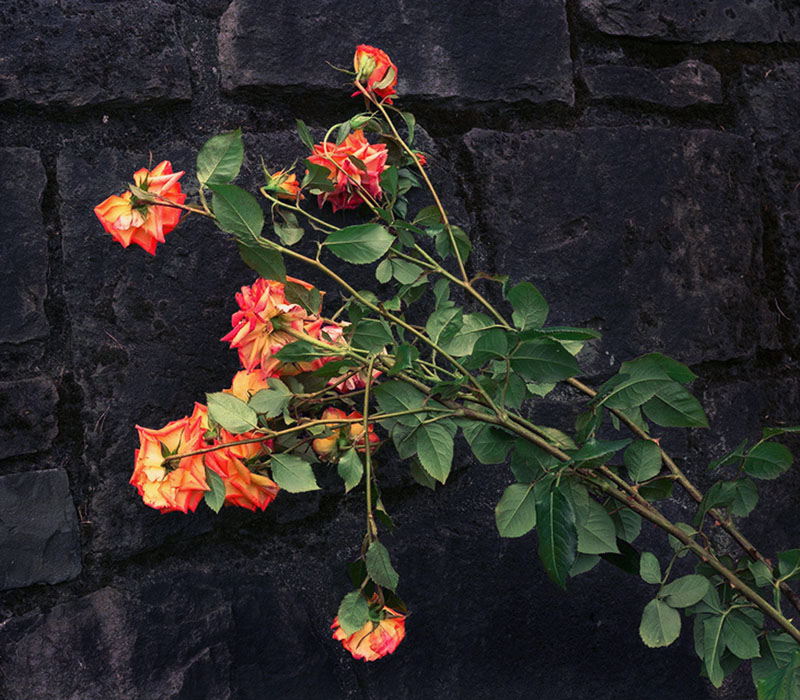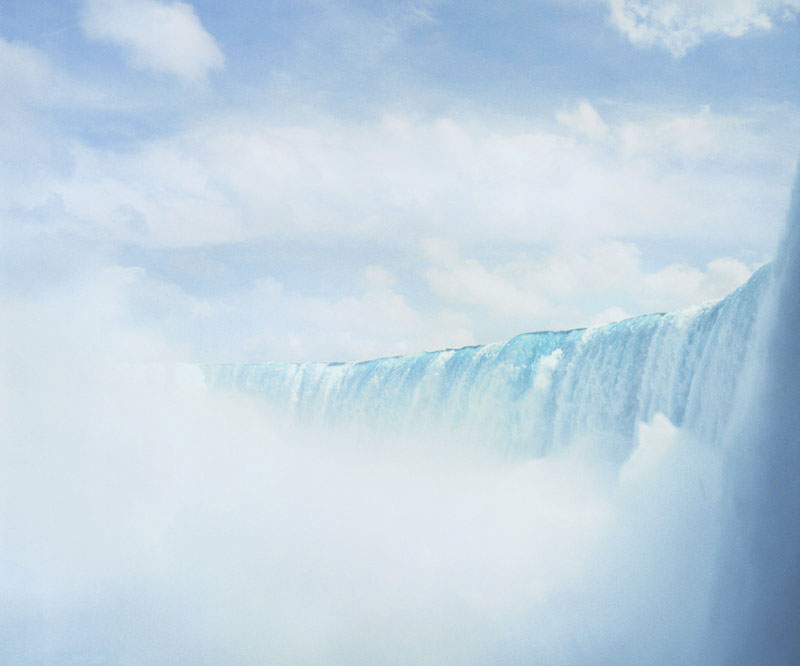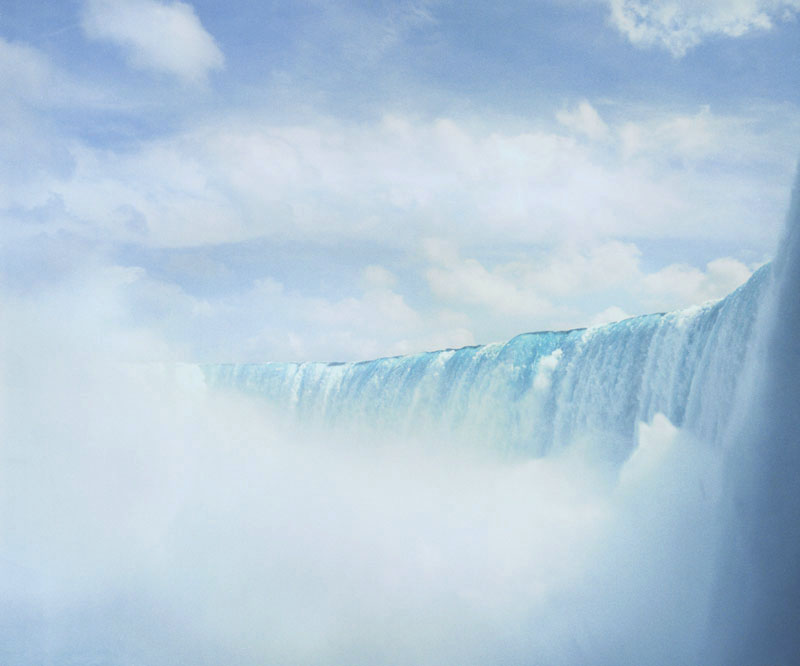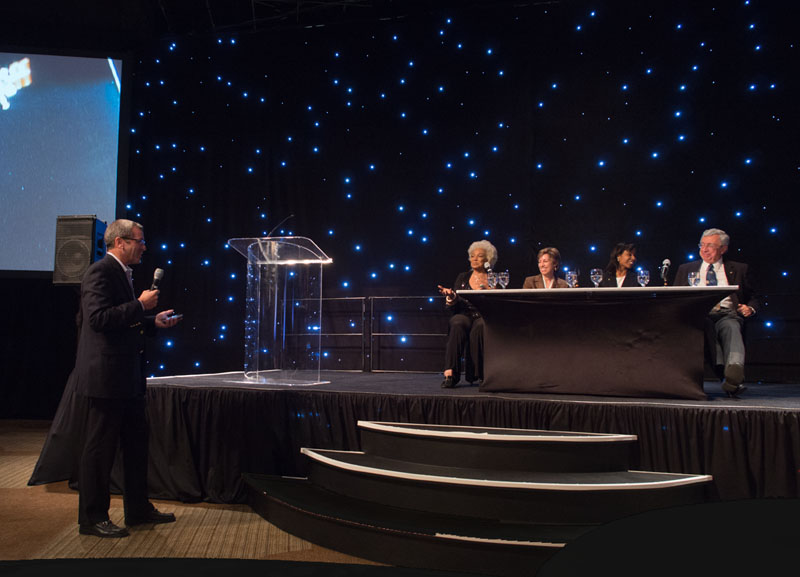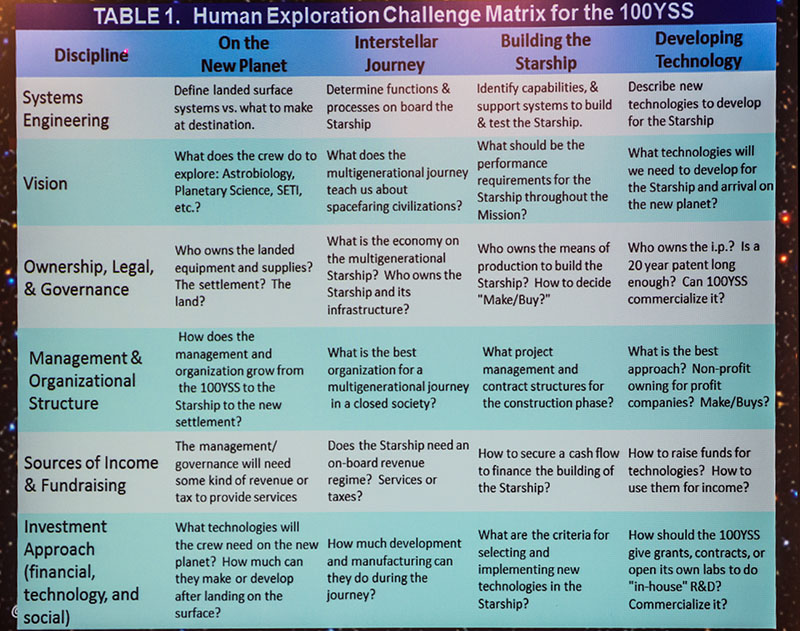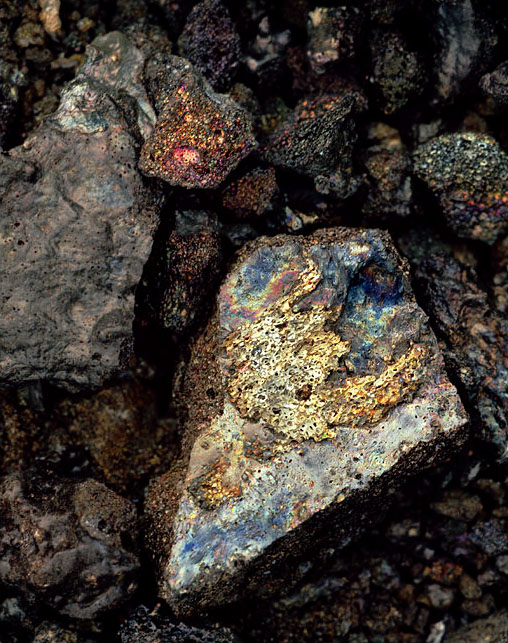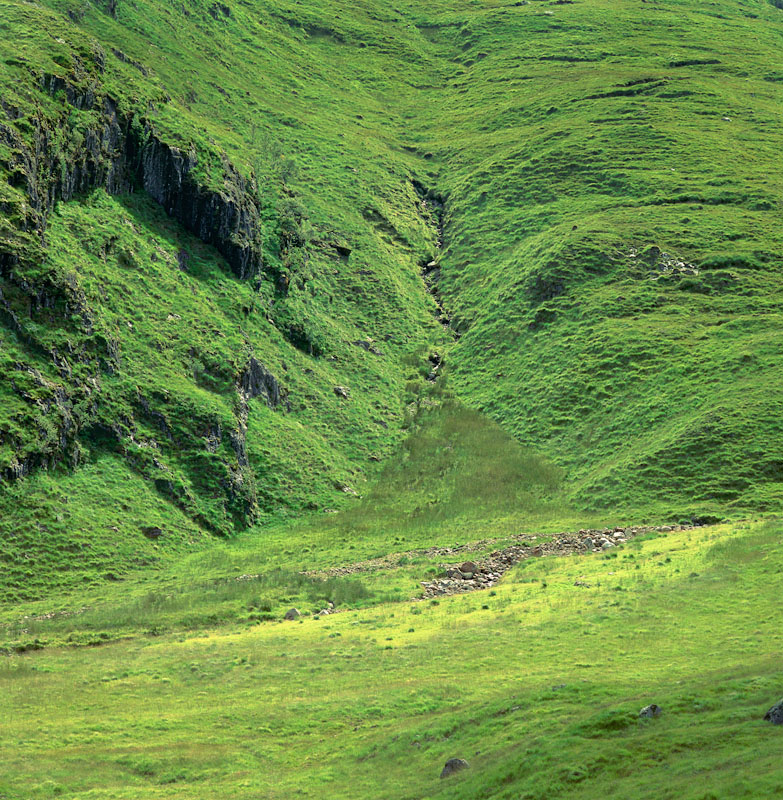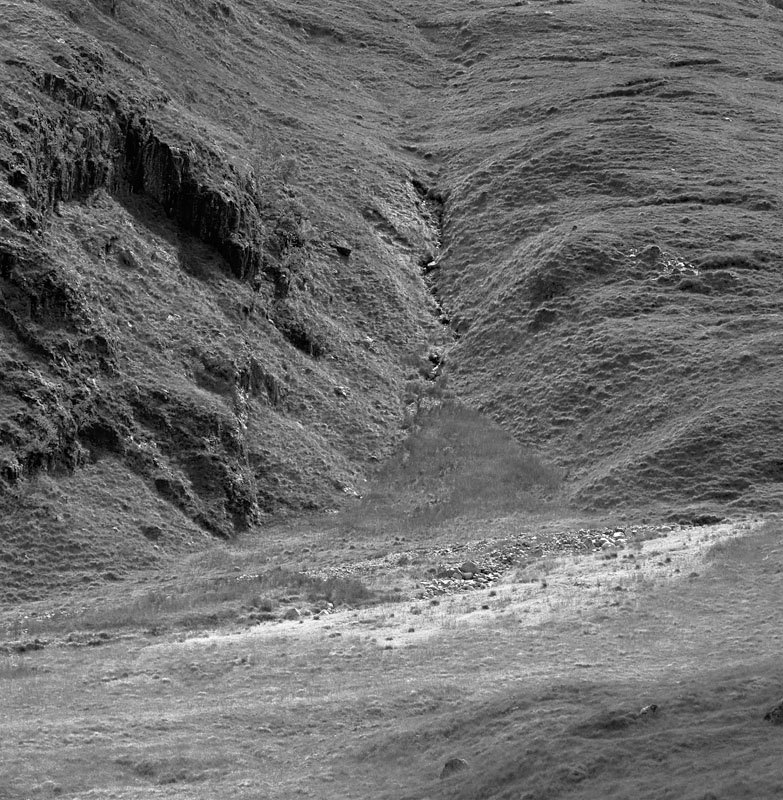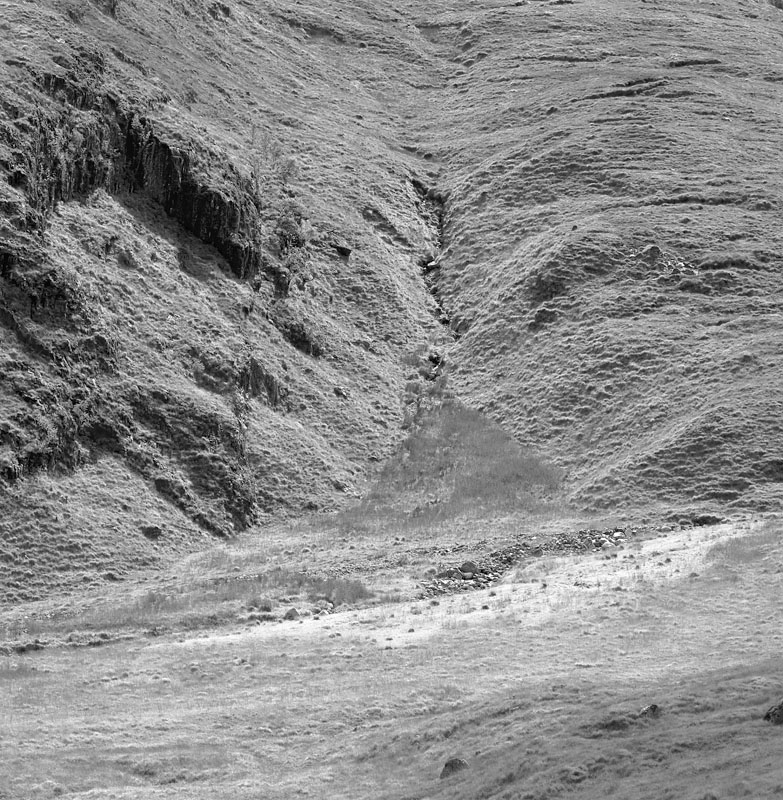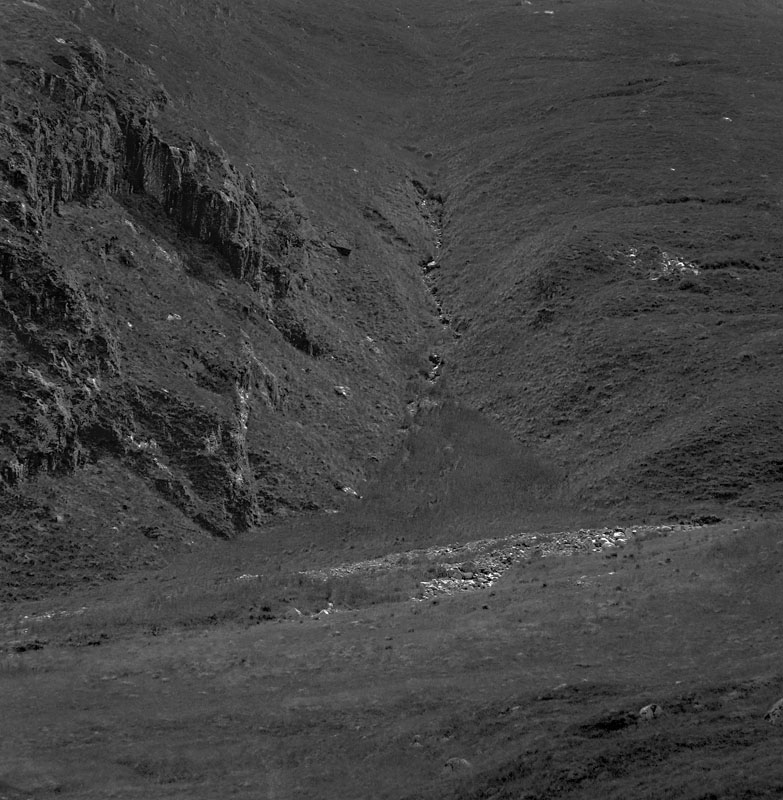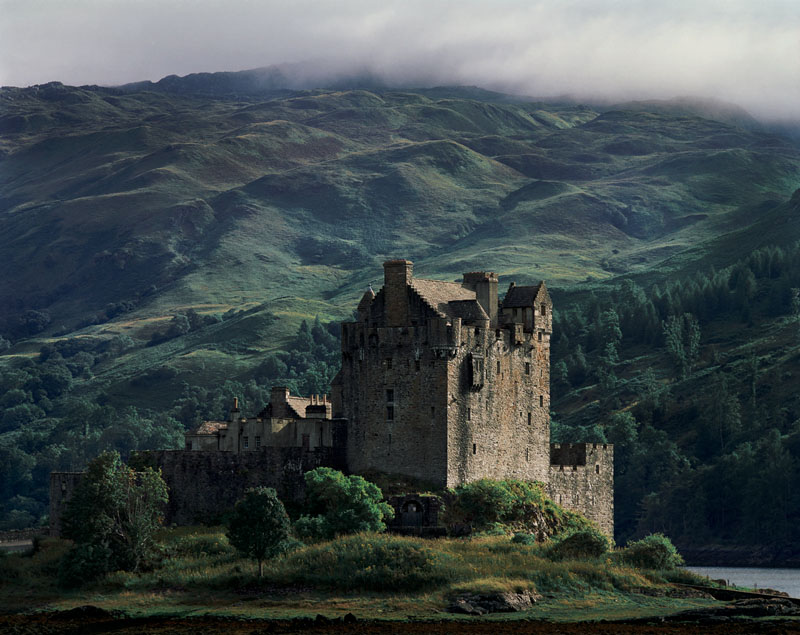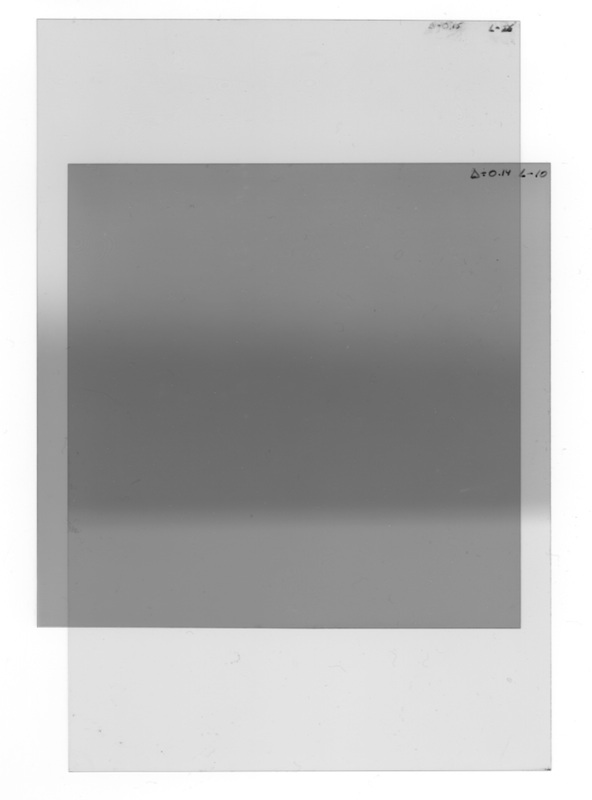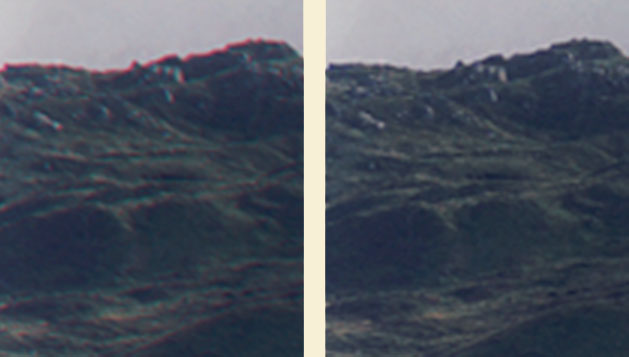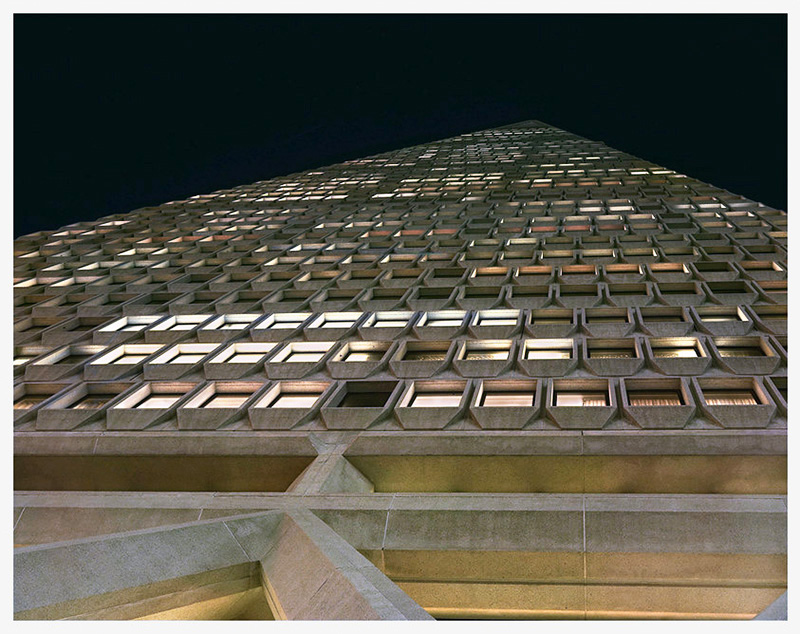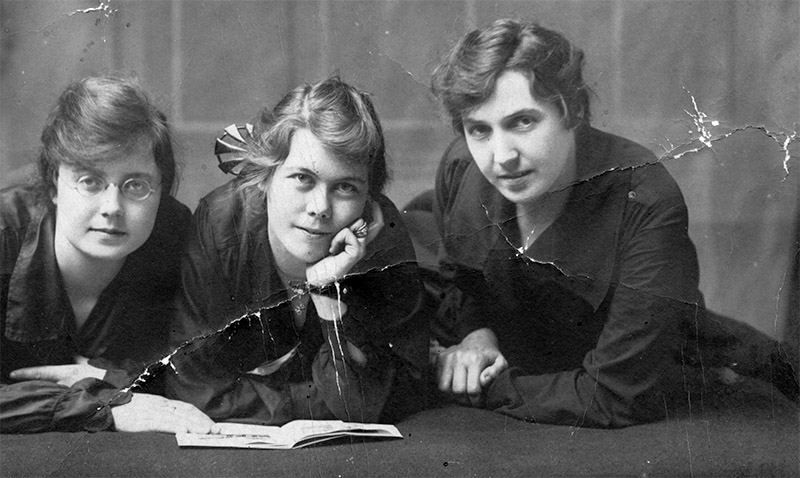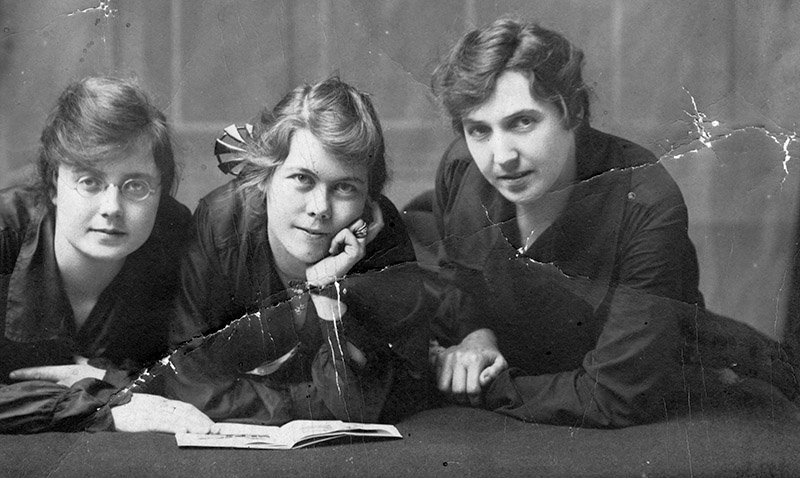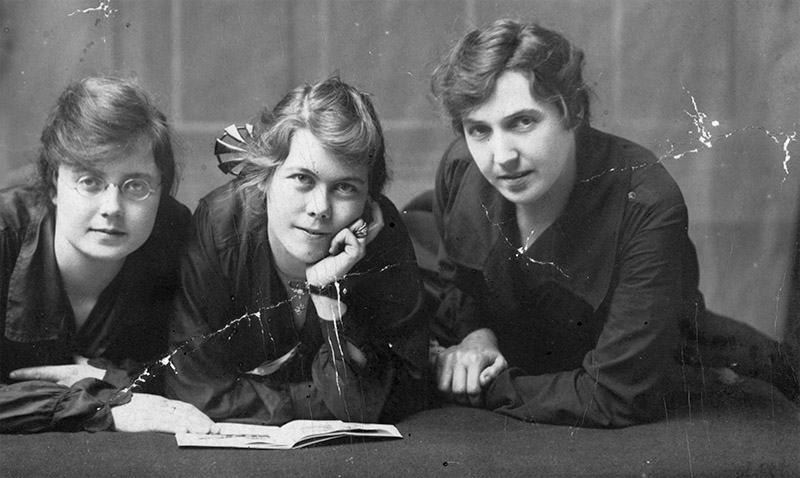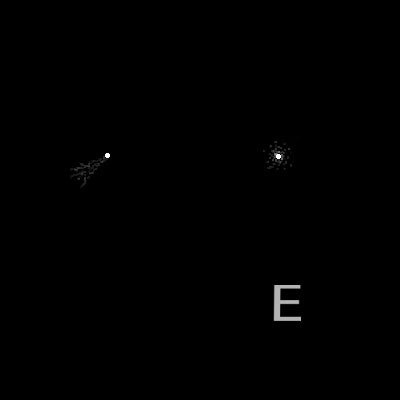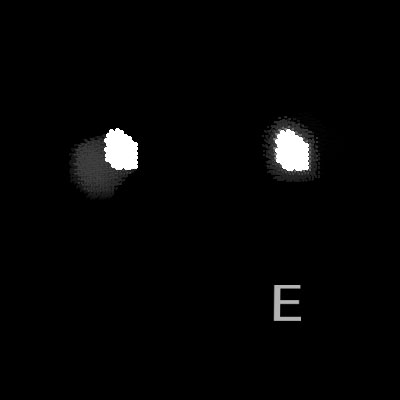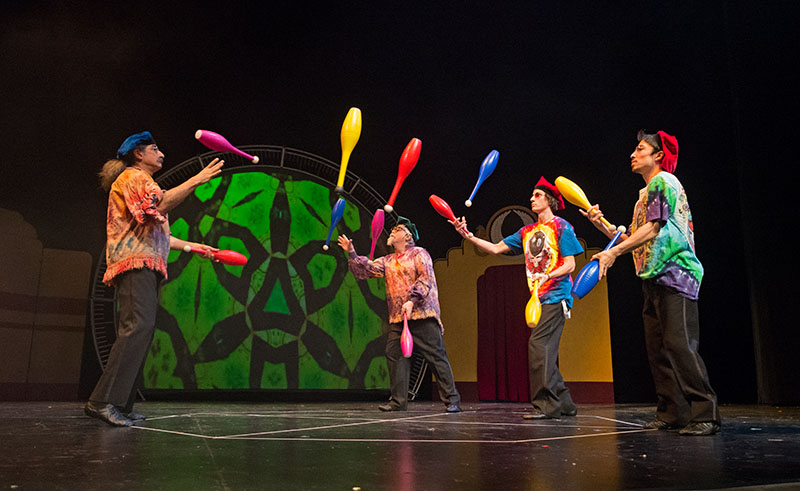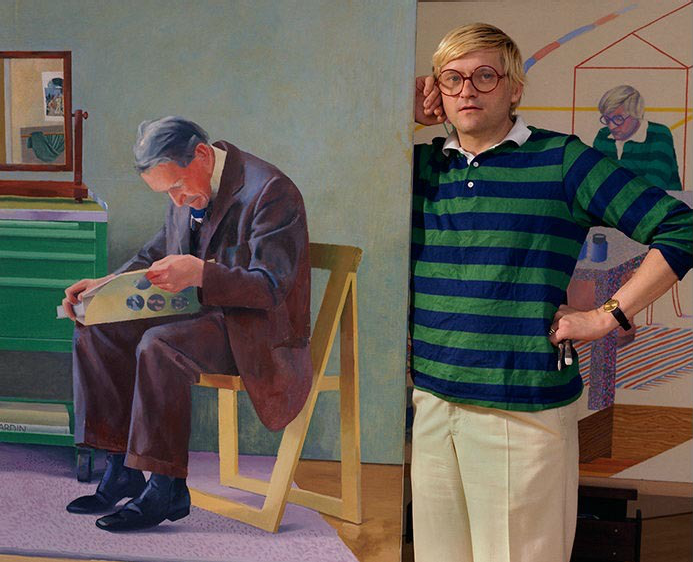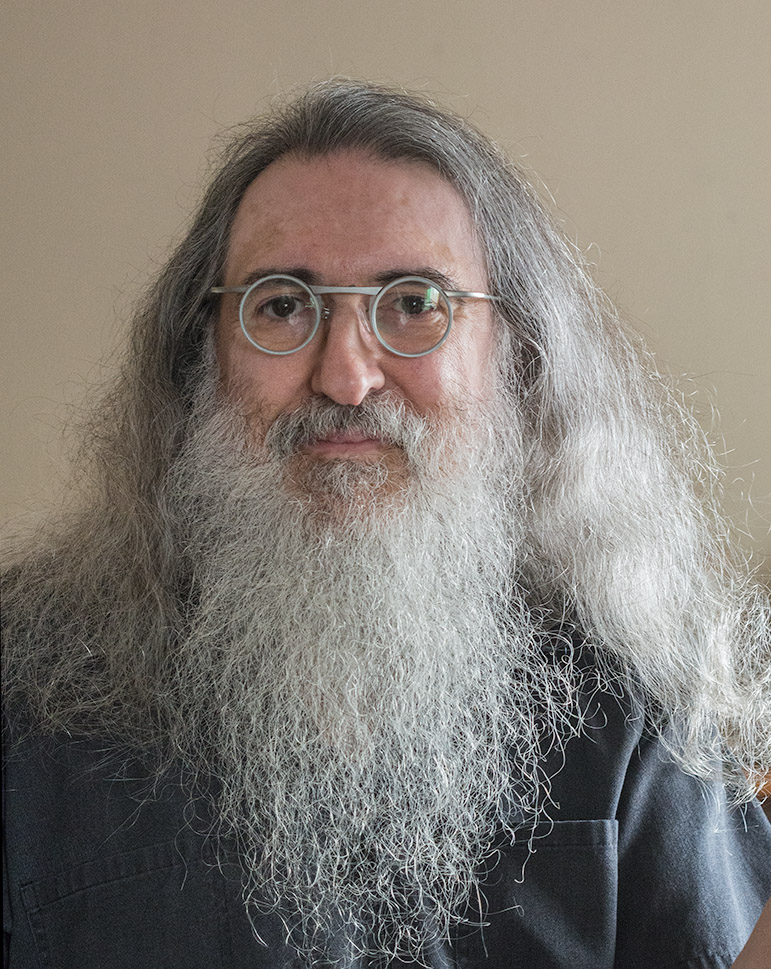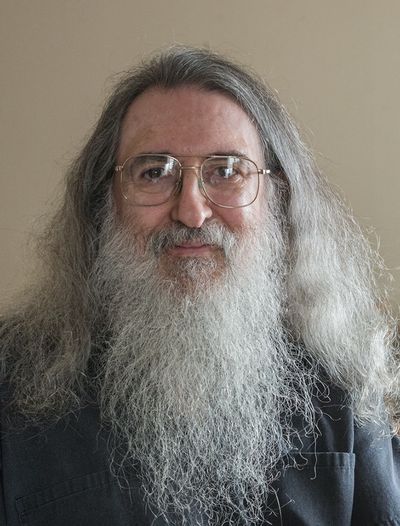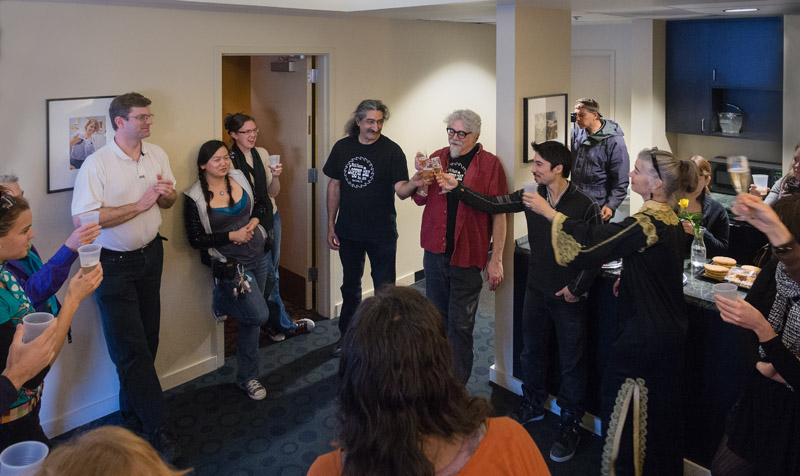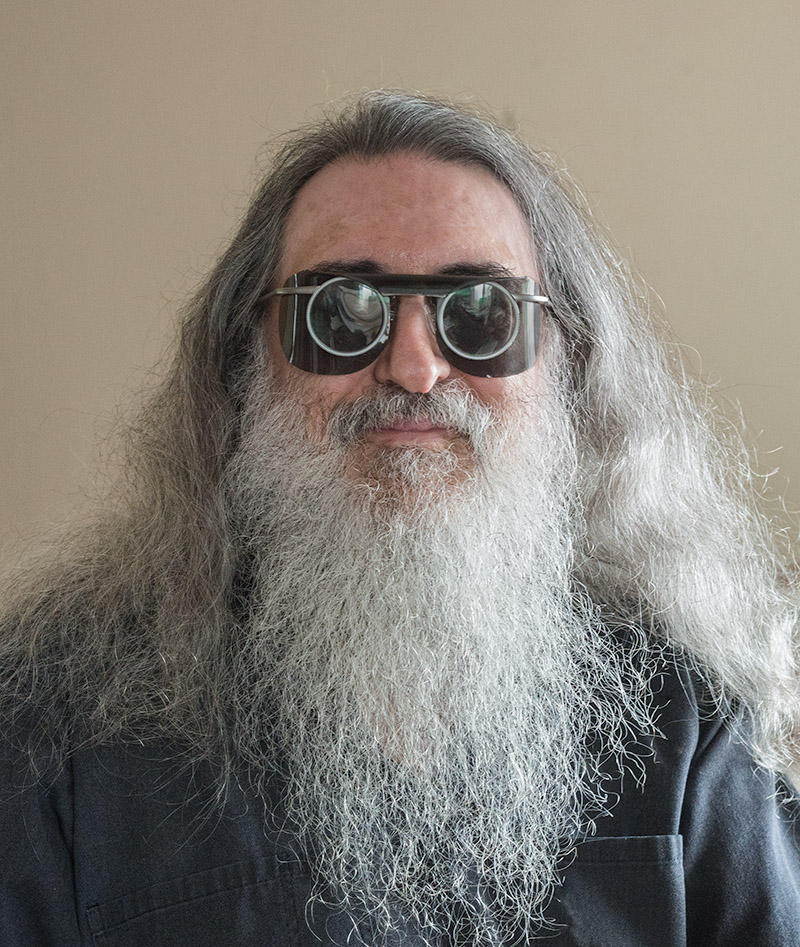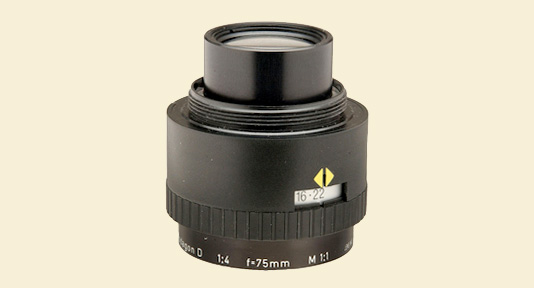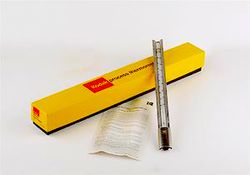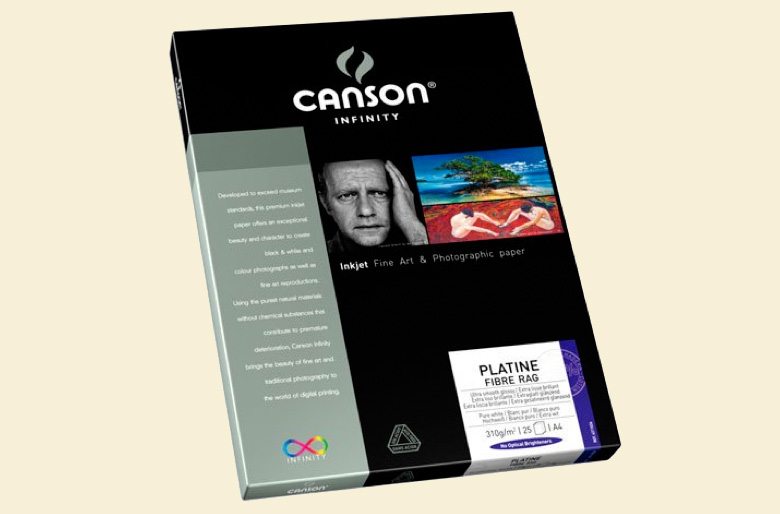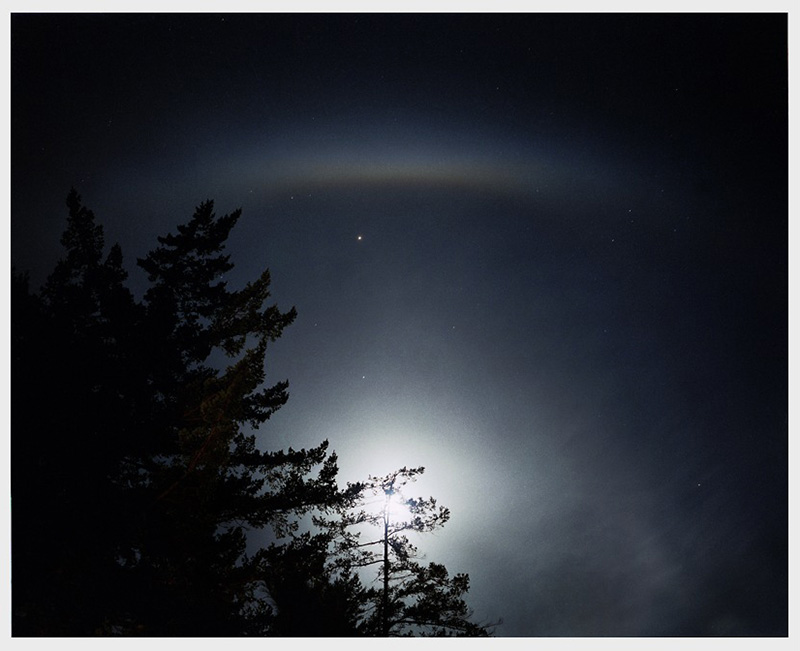This week's column by Ctein
While slaving away in the darkroom to finish the printing for the last, blow-out TOP dye transfer print sale (see the footnote* for a status report), I started musing on how many hours I've spent doing dye transfer, total. I can figure that out. By the time I started doing dye transfer printing in 1975, I was doing pretty good record-keeping. (Figuring out how much time I've spent on all photographic printing and film processing would be more difficult, because I put in a lot of time before I started keeping detailed records. A project for another day.)
First question for myself: how many photographs have I printed as dye transfers? My own portfolio totals 300. Here's the very first photograph I ever made a dye transfer print of:
Off the cuff, I don't have quite as precise a number for the printing I've done for others. I could figure it out by digging through a bunch of disconnected records, but that'd be work. I'm sure it's at least 200 photographs. I'd be awfully surprised if it was 300. So let's call it 250, which means I've printed a total of 550 photographs (+/– 10%).
The time it takes to print a photograph as a dye transfer varies a lot. Sometimes it's been as little as four hours of darkroom time until I'm ready to pull a finished print. Sometimes it's been a dozen. 6–7 hours sounds about right, for the average. Give or take, oh say, an hour. Multiplied by the number of photographs, I'm looking at 3,500 hours (+/– 20%) of darkroom time.
That's just until I'm ready to make finished prints. Rarely did I make only one print of a photograph, either for myself or for clients. Again, no precise numbers unless I want to dig through too many records. I settled into the habit of making four prints of my photographs (one for the portfolio and three for sale). Clients rarely ordered fewer than two prints.
In my early days, I made fewer than four prints; conversely, sometimes clients would want a lot more than two prints. Plus, there are the times when I'd sell all three of my photograph's prints and make more. I'll guess 3.5 finished prints, average, for each photograph I've printed. (That doesn't count the TOP sales; we'll get to those.) Multiplying up, let's call it 1,900 prints. So, once I've got to the point of making those finished prints, how much time do they take? Well, the darkroom time isn't too bad, typically half an hour per print, and that's pretty reliable. Rounded off, I'm up to 4,500 hours of darkroom time.
Ah, but, there's the spotting and finishing. As I said in the footnote, those take up a lot more time than printing. This really varies from photograph to photograph; some require essentially none of this and others take all day. On average, it's a solid hour and change, so there's maybe 2,200 hours of non-darkroom time.
Now, what about those TOP print sales? They're exceptional. I spend a lot more time getting to the point of being able to make a first print, because I want the printing to be as easy as possible and exactly right, and I also make multiple sets of matrices, for when I screw one set up in the course of printing the run. So, maybe 100 hours of darkroom time.
Smaller prints take a lot less time to spot and finish than big ones and Mike and I were careful to choose the prints in our previous sales to be ones that I knew would take very little spotting and finishing time. That's how I could afford to make the prices so low. I know I spent less than 40 minutes printing and finishing each of the 1,000 small dye transfer prints I sold through TOP. Let's call it 500 hours of darkroom time, 200 hours of finishing time. Total so far: 5,000 hours in the darkroom, 2,400 hours out.
I've omitted two things—the very end and the very beginning of my dye transfer career. The very end is, of course, the TOP sale I'm currently working on. Like the earlier sales, it's atypical, but in different ways. 150–200 hours of darkroom time (that includes the considerable pre-sale prep) and an equal amount (I hope!) of spotting and finishing time.
Now I'm up to 5,200 hours of darkroom time and 2,600 hrs. of non-darkroom time (unless I screwed up my addition) with a 20% margin of error.
It's difficult for me to estimate how much time I spent in the first few years. My routines weren't standardized and there was a steep learning curve I was climbing solo, filled with trial and error. I can't look to my volume of finished work for a good estimate, although my records say I printed about 10 photographs a year in the early years. Probably the best reference point I have is the 3-year interval from when I started (1975), and when I went back to Rochester to see Kodak's dye transfer experts, Frank McLaughlin and Bob Speck (1978). At that point, I could reasonably say I was proficient, since they declared that they had never seen better dye transfer prints than mine. (I know better printers than me, but who am I to turn down a compliment!) It's likely any printing I did after that would fall under the earlier analyses.
Now comes the wild-ass guessing. I was most definitely not doing dye transfer full-time. I'm sure I wasn't putting anywhere near 1,000 hours a year into it: I didn't have the time and I didn't have the money. It's an expensive process! It's hard to imagine I was spending less than 500 hours a year on it, but maybe. Still, I'll generously guess 1,000 hours of darkroom time and 500 hours of non-darkroom time, on top of what I previously figured in.
So, there you have it! Thirty-eight years of dye transfer printing roughly equals 6,200 hours** of darkroom time and 3,100 hours of non-darkroom time.
The import of all of this? Thinking about such things keeps me from getting too bored while rolling out prints in the darkroom.
©2013 by Ctein, all rights reserved
*I know many of you are curious about my progress, so here's where that stands. I'm 90% done with the printing but less than halfway done with the spotting and finishing, which takes longer. And the shipping part? Not even begun. I may not be able to have everything shipped by June 17. If there's anyone out there who wouldn't mind getting their prints later (shipped by the end of July, I promise), I wouldn't mind hearing from you, via email: [email protected].
[**A standard work-year (eight hours a day times five days a week times 52 weeks a year minus two weeks annually for vacation) is considered to be 2,000 hours. —Ed.]
Links in this post may be to our affiliates; sales through affiliate links may benefit this site.
(To see all the comments, click on the "Comments" link below.)
Featured Comments from:
robert: "6200+3100 hrs = 9300 hours. Seven hundred hours short of mastery and you are giving up dye transfer?? but you are so close! :-) "
[In case you might be wondering, Robert is referring to the notion that it takes 10,000 hours of practice before true mastery is achieved, popularized by Malcolm Gladwell's 2008 book Outliers: The Story of Success. —Ed.]
